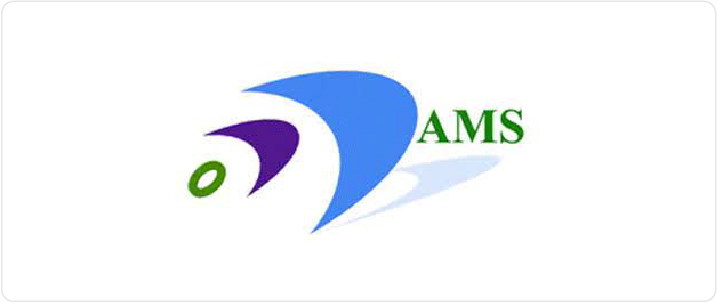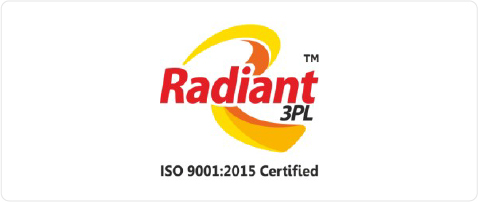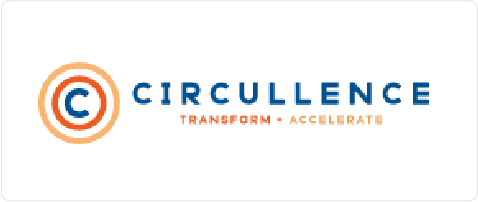Introduction The role of Chief Financial Officers (CFOs) has evolved dramatically in recent years. No longer confined to number-crunching, today’s CFOs are strategic partners driving business growth. Key Performance Indicators (KPIs) and dashboards have become indispensable tools for CFOs to navigate the complex financial landscape of 2023. In this comprehensive guide, we will delve into the essential KPIs and cutting-edge dashboards that are poised to define financial success this year.
Section 1: Understanding CFO KPIs
In the rapidly evolving landscape of corporate finance, Chief Financial Officers (CFOs) play a pivotal role in driving financial strategy and ensuring the long-term sustainability of their organizations. To navigate this dynamic environment effectively, CFOs must rely on a set of key performance indicators (KPIs) that offer insights into various aspects of financial health and operational efficiency.
KPIs Defined
At its core, a KPI is a quantifiable metric that serves as a barometer for evaluating the performance of critical functions within an organization. For CFOs, KPIs serve as navigational beacons, guiding them through a sea of financial data towards strategic decisions that can steer the company towards success.
The Alignment with Business Goals
One of the defining characteristics of an effective KPI is its alignment with the overarching business objectives. These objectives could range from revenue growth, cost control, to optimizing capital allocation. By selecting KPIs that directly correlate with these objectives, CFOs ensure that every data point tracked contributes meaningfully to the organization’s progress.
Relevance in 2023
As we step into 2023, the financial landscape is marked by unprecedented levels of competition, technological advancement, and economic uncertainty. In this context, the KPIs that CFOs focus on need to be finely calibrated to address these specific challenges. While traditional financial metrics remain indispensable, new dimensions such as sustainability metrics, customer-centric metrics, and digital adoption metrics are gaining prominence.
Section 2: Key Financial KPIs for CFOs
The financial health of a company is often the primary focus for CFOs. Therefore, key financial KPIs are instrumental in providing a clear picture of the organization’s fiscal standing. In 2023, these KPIs hold even greater significance due to the economic uncertainties and rapid technological advancements.
1. Revenue Growth Rate
The revenue growth rate is a cornerstone KPI for CFOs in 2023. It measures the increase in a company’s revenue over a specific period. A healthy growth rate indicates that the company is on the right track.
Actionable Steps:
- Evaluate customer acquisition strategies for effectiveness.
- Identify high-performing product lines or services for potential expansion.
- Implement targeted marketing campaigns to boost sales in specific demographics or regions.
2. Gross Margin
Gross margin is the percentage of revenue that a company retains after accounting for the cost of goods sold (COGS). It’s a critical indicator of profitability and efficiency in production or service delivery.
Actionable Steps:
- Analyse cost structures to identify areas for potential savings.
- Evaluate supplier contracts and negotiate for better terms.
- Implement lean manufacturing or operational practices to optimize production costs.
3. EBITDA (Earnings Before Interest, Taxes, Depreciation, and Amortization)
EBITDA reflects a company’s operational performance by excluding non-operational expenses. It provides insights into the core profitability of the business.
Actionable Steps:
- Focus on cost control measures to enhance EBITDA margins.
- Explore opportunities for revenue diversification or expansion into new markets.
- Implement efficient inventory management practices to reduce carrying costs.
4. Cash Conversion Cycle (CCC)
The cash conversion cycle measures the time it takes for a company to convert its investments in inventory and other resources into cash flow from sales.
Actionable Steps:
- Streamline supply chain processes to reduce lead times.
- Negotiate favourable payment terms with suppliers and secure early payment discounts.
- Implement robust inventory forecasting models to optimize stocking levels.
Non-Financial KPIs for CFOs
While financial metrics are crucial, non-financial KPIs play an increasingly vital role in providing a comprehensive view of a company’s performance. These metrics encompass areas such as customer satisfaction, employee productivity, and operational efficiency.
1. Customer Acquisition Cost (CAC)
CAC measures the cost of acquiring a new customer. It’s a critical metric for CFOs looking to optimize marketing and sales efforts.
Actionable Steps:
- Conduct a detailed analysis of customer acquisition channels to allocate resources effectively.
- Implement customer retention strategies to increase customer lifetime value (CLV) and offset acquisition costs.
- Continuously monitor and refine marketing campaigns for maximum ROI.
2. Churn Rate
Churn rate reflects the percentage of customers who stop using a product or service over a specific period. High churn rates can erode revenue and profitability.
Actionable Steps:
- Conduct customer feedback surveys to identify pain points and areas for improvement.
- Develop and implement targeted customer retention initiatives.
- Provide exceptional customer service and support to enhance overall satisfaction.
3. Employee Productivity and Efficiency
Employee productivity and efficiency KPIs are crucial for optimizing workforce performance. They provide insights into resource allocation and operational effectiveness.
Actionable Steps:
- Provide ongoing training and development opportunities to enhance employee skill sets.
- Implement performance management systems to set clear expectations and provide regular feedback.
- Foster a culture of innovation and continuous improvement to drive operational efficiencies.
Section 4: Implementing Effective CFO Dashboards
CFO dashboards serve as command centres, providing real-time visibility into critical financial metrics and operational performance. In 2023, the design and functionality of CFO dashboards have evolved to meet the demands of an increasingly data-driven landscape.
Elements of an Effective CFO Dashboard
A robust CFO dashboard should encompass the following key elements:
- Real-Time Data Integration: Integration with various data sources to provide up-to-the-minute insights.
- Data Visualization: Clear and intuitive visual representations of KPIs for quick interpretation.
- Customization and Personalization: The ability to tailor the dashboard to specific user preferences and roles.
- Forecasting and Predictive Analytics: Tools for scenario planning and predictive modelling to support strategic decision-making.




















